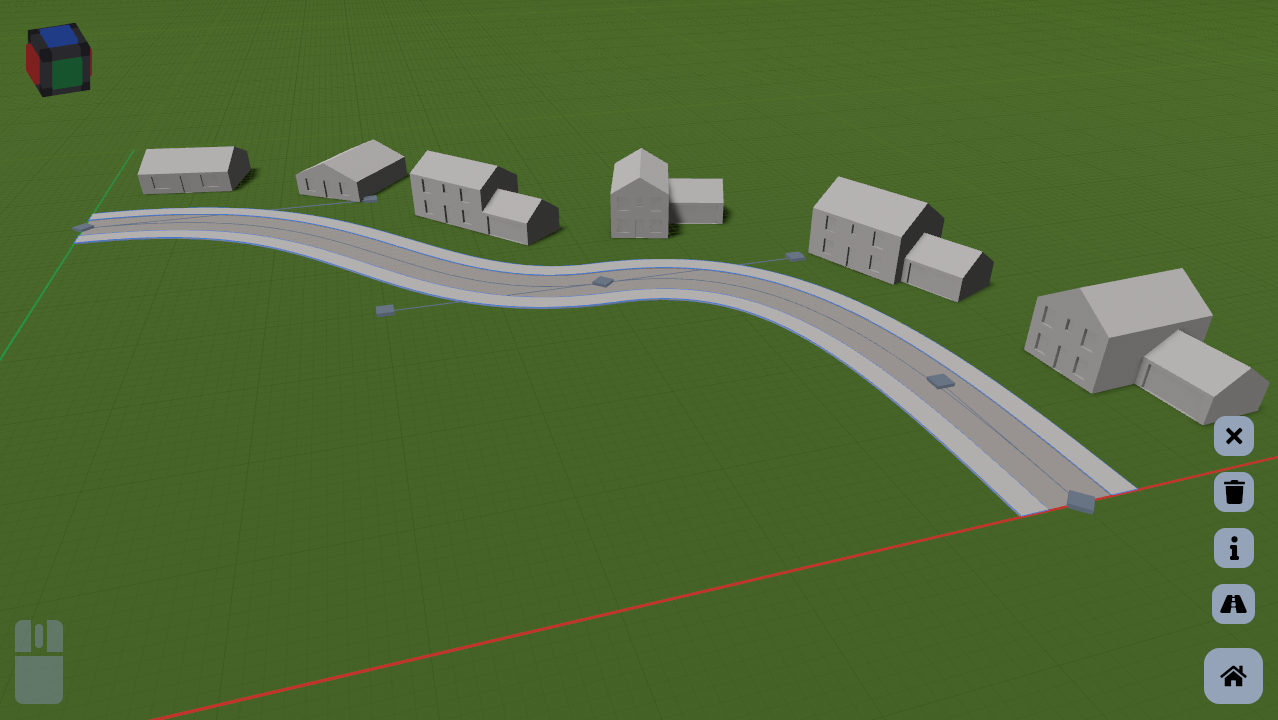An input manager for Bevy, inspired by Unreal Engine's Enhanced Input.
We use it for Project Harmonia, but it's general-purpose.
This update features a big rewrite into a component-based API. The core concepts remain the same, but are now expressed through ECS. It's recommended to revisit the quick start guide.
Showcase:
// Spawn a camera with an input context.
commands.spawn((
Camera3d::default(),
Transform::from_xyz(-2.5, 4.5, 9.0).looking_at(Vec3::ZERO, Vec3::Y),
FlyCam,
// Similar to `related!`, but you only specify the context type.
// Actions are related to specific context since a single entity can have multiple contexts.
actions!(FlyCam[
(
Action::<Move>::new(),
// Conditions and modifiers as components.
DeadZone::default(), // Apply non-uniform normalization that works for both digital and analog inputs, otherwise diagonal movement will be faster.
SmoothNudge::default(), // Make movement smooth and independent of the framerate. To only make it framerate-independent, use `DeltaScale`.
Scale::splat(0.3), // Additionally multiply by a constant to achieve the desired speed.
// Bindings are entities related to actions.
// An action can have multiple bindings and will respond to any of them.
Bindings::spawn((
// Bindings like WASD or sticks are very common,
// so we provide built-in `SpawnableList`s to assign all keys/axes at once.
Cardinal::wasd_keys(),
Axial::left_stick()
)),
),
(
Action::<Rotate>::new(),
Bindings::spawn((
// You can attach modifiers to individual bindings as well.
Spawn((Binding::mouse_motion(), Scale::splat(0.1), Negate::all())),
Axial::right_stick().with((Scale::splat(2.0), Negate::x())),
)),
),
// For bindings we also have a macro similar to `children!`.
(Action::<CaptureCursor>::new(), bindings![MouseButton::Left]),
(Action::<ReleaseCursor>::new(), bindings![KeyCode::Escape]),
]),
));
Advantages of the new API:
- You can use Bevy scenes to describe bindings. When BSN lands, we'll get hot-reloadable actions for free. In UE, this is also expressed via Blueprints.
- Everything is inspectable.
- Modifiers and conditions are now accessible in systems, allowing you to adjust or read their data if needed.
- Actions can be queried - especially convenient when using
Single.
- Things that didn't benefit from being static, such as prioritization and action settings, are now dynamic.
- Things that were "inspired by Bevy," such as how bindings were defined, modifiers and presets, now actually utilize the Bevy API - meaning new users don't have to learn additional concepts.
- The crate logic is much simpler.
Huge thanks to Alice for reviewing this monstrous +6,127 −5,738 PR!
📜Full changelog
📦bevy_enhanced_input

